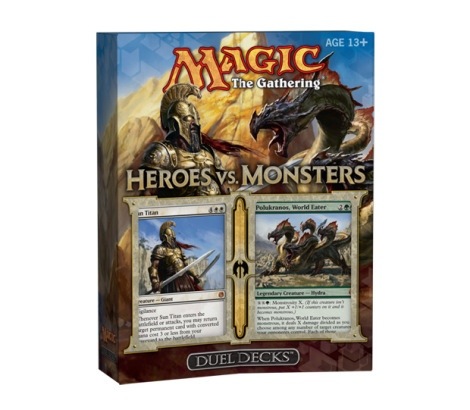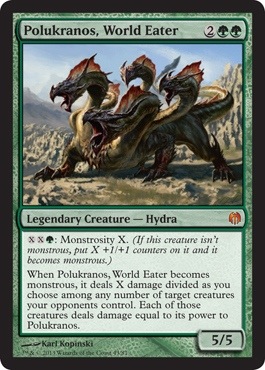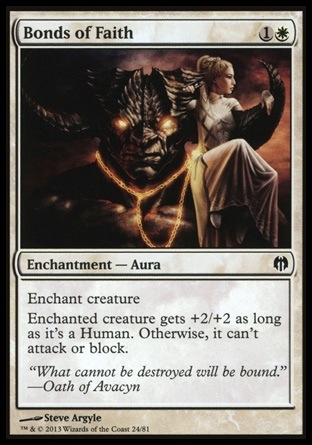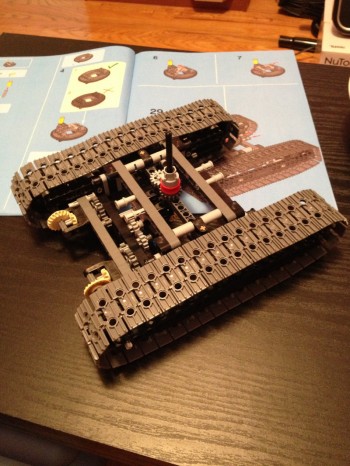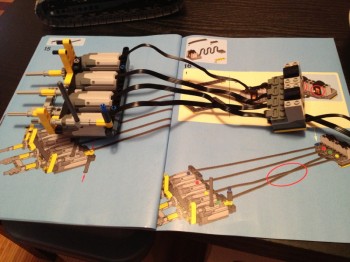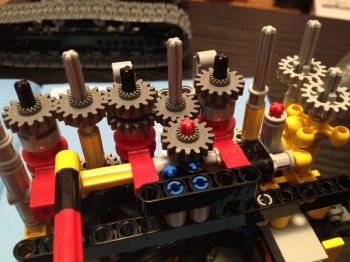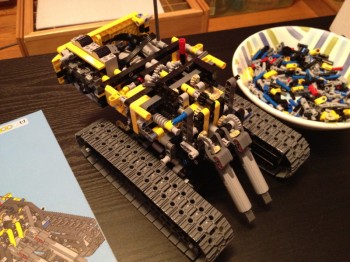Over the summer, I consumed an impressive amount of TV. Several entire entire series to be specific. Here are reviews of five of them. There are spoilers in some of these reviews…
Tales From The Gold Monkey (1982; 21 episodes)
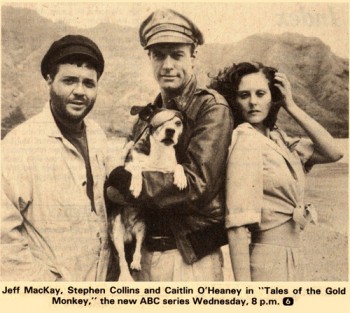
It amuses me that I was only 10 when this came out, although given the usual delay it probably didn’t screen in Australia until 1983 or 1984. I remembered it as a vaguely Indiana Jones-ish show involving a manly man pilot and his friends as they adventure through the pre-war tropics. I also remember loving it 🙂
While my memories were broadly correct, I have to say the show doesn’t hold up well and these days the pace is very, very sloooooow. I actually fell asleep during some of the episodes which may partly be due to the fact I often watched this one after teaching my epic summer-class lectures. It’s hard to find obvious fault, and in particular (most of) the characters and writing are quite good, but the pace is just stuck in time and the stories needed a bit more variety. Also, the supernatural element hinted in the opening episode (and a few throughout) is nonexistent.
 <- Bit of a snoozer…
<- Bit of a snoozer…
K-9 (2010; 26 half-hour episodes)
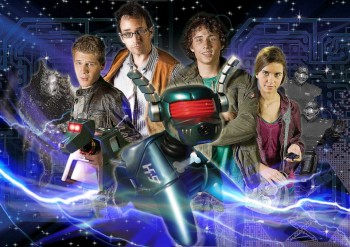
I’ll be honest: my expectations were low. I’d seen bits of an episode in Australia a few years back, and new that this show was aimed strictly at the kids and had virtually nothing to do with Doctor Who, but completeness compelled me to buy – and watch – it.
The creator of the robot dog K-9, once a companion of The Doctor, had for many years been trying to create a show based around the character. This is the result of his attempts, although for legal reasons it has nothing to do with Doctor Who. So no mention of The Doctor, or any companions, or the Tardis or any of that. As you can see, the K-9 character himself is radically redesigned as well, although their is a brief cameo of classic K-9 in the first episode.
If anything, the show is more like the Sarah Jane Adventures than any Who episode, but even then that’s not really a good comparison because it doesn’t even rise to that level. The plot involves a poorly realized (and utterly cliched) dystopian Earth future in which the chief resistance to an overstepping government is (of course) a tiny group of children. Aliens are thrown in as well, to little effect. Poor casting, poor characters, poor writing, poor effects and even an unlikable ‘hero’ in K-9 himself lead to a bit of a bore of a show. It’s not even remotely as good as Who on it’s worst days, and a poor imitation of Sarah Jane as well. As a kids show I suppose it may have been interesting, but it’s hard to imagine K-9 will ever get a second season.
 <- K-Not!
<- K-Not!
Buck Rogers In The 25th Century (1979; 37 episodes)

In the first few seconds of the movie pilot (which is included in the box set) I commented to KLS that one of the sound effects sounded like from a Glen Larson show. She was rightly appalled that I would know this (since I was correct), but was a symptom I think of how well I remembered this show that I shouldn’t really remember since I was 7 or 8 years old when it was on TV!
This series rode the sci-fi boom triggered by Star Wars of the late 1970s, and followed on from Battlestar Galactica. Despite being set in the far future, Buck Rogers – viewed today – charms by virtue of it’s retro 1970s vibe, as if the year 24XX was designed by Studio 54 patrons. In particular the clothes are absurd, with braless women in spandex and hairy-chested men in long-lapeled lounge suits! The sets are plastic and seem unliveable and the lighting is extreme. The matte paintings however are exceptional, and were apparently painted by an artist that would work on The Empire Strikes Back.
The scifi here is typical post Star Trek nonsense, especially in the second season where the world-building of the entire first season is tossed aside in favour of ‘monster of the week’ episodes mostly shot outside (to save budget) with our heroes now based on a a giant ship traveling through the universe with a mission to find the ‘lost tribes of Earth’ (and I’m not making that up; Larson plagiarized himself in Buck Rogers)! Most planets seem to have only a handful of inhabitants, and yet somehow manage to be a threat to all life on Earth despite not having interstellar travel. The plotholes are more like abysses.
It’s extremely campy, a bit ghastly and the episodes are too long but I have to admit I loved watching every episode of this entire two-season series again and wish in retrospect it had never been canceled due to low ratings.
 <- Better than you think
<- Better than you think
The Super Robot Red Baron (1973; 39 half-hour episodes)
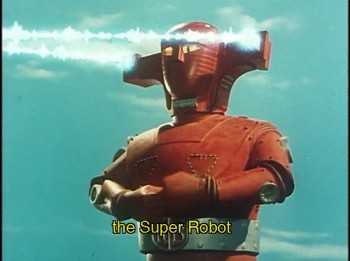
In the 21st Century, the SSI (Secret Science Investigators) fight against the evil of ‘Doctor Deviler’ who represents the Iron Alliance, and attempts to take over the world by stealing and controlling giant Robots. Such is their might that only through the power of the awesome weapon, Red Baron, can they be defeated.
While you read this review, play the theme song:
This show is good beyond good. Sure the effects are cheesy, and the suits are rubbery and the acting wooden, but the spirit is there are the result is way, way more than the sum of it’s parts. Yes it starts slow, but after a dozen episodes the writers really hit their strides. By then we’re in love with the characters and the fact that unlike similar tokusatsu series they usually have to fight tooth-and-nail for their victories, if at all. I also like that the fights involve the SSI members as much as Red Baron himself.
I feel I must also draw attention to the episode titles, which may be the best of any series ever made. The first episode is called ‘Conspiracy Of The Robot Empire’, the last is called ‘A Clockwork Tomorrow’, and the series contains other gems such as ‘Beautiful Pilot Of Evil’, ‘Enigma Of The Invulnerable Robot’, and ‘Smash The Deadly Cosmic Weapon!’
In the last few half-dozen episodes the show gets – impossibly! – even better, as we learn that the Iron Alliance is just a front for the ‘Space Iron Alliance’ and UFO’s and space robots and all sorts of wild villains get thrown into the mix. This builds up to a crescendo of an ending beautifully resolved by a wonderful final episode that may have brought a glint of a tear to my eye. Riveting stuff, and likely the best 1000 self-contained minutes of giant robot sci-fi ever made!
 <- Just amazing
<- Just amazing
Ultra Seven (1967; 49 half-hour episodes)
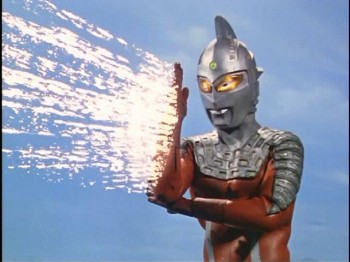
Eiji Tsuburaya is a legend; the man that created most special effects as we know them today and (amongst other things) designed and created Godzilla. In the mid 1960s he formed a production company to make television shows, and the first offering – Ultra-Q – was a bit of a sci-fi homage to The Twilight Zone that went on to become a mega hit. In those days TV shows in Japan were almost never continued into second seasons, so the sequel (of sorts) to Ultra-Q was Ultraman, a story about a powerful being from space who would help Earth fight off dire galactic threats. It too was a mega-hit, and another sequel was quickly planned.
Ultra Seven was that sequel, and – almost fifty years ago now – was the second Ultraman series ever made. But this was more than just a sequel to Ultraman, this would refine the idea and the character, and through a combination of beautiful scripts, great casting and an astounding man character in Ultra Seven himself, establish itself as one of the very best science fiction series ever created.
The premise is the same as in all other Ultraman series (both before and after Ultra Seven): Earth is regularly threatened by forces from space, and while a team of special investigators (‘The Ultra Garrison’ in Ultra Seven) are instrumental in defending Earth, often the ultimate victory is at the hands of the giant space being Ultra Seven, who must almost always defeat a colossal space monster. Much like Doctor Who, one of the best aspects of the show is that although it was intended for children, it was not written at them and can therefore be enjoyed by adults. Sure the kids (and the not so young) can still love the combat, but the nuances of the scripts – involving human emotion like loss and regret or self-inflicted threats to the Earth such as global warming, pollution and nuclear testing – can have a profound impact on the adult viewer.
The show also tells a complete story. Unlike Ultraman before it (and most Ultra series afterwards), the character of Ultra Seven is established prior to the first episode, in that Ultra Seven has already arrived on earth (from the M-78 Nebula) and possessed the body of a young man who had just died honorably saving a fellow climber in an accident. Therefore Dan Morobashi – the host of Ultra Seven – is not human at all, and although his compatriots don’t know this, we the viewer do and occasionally get fascinating glimpses into the psyche of the alien being as he debates how best he can help humans. The character continues to develop throughout the series (as do the other main characters) and the final few episodes in which Ultra Seven puts his own life at risk to save the Earth are as good as anything I have ever seen on TV.
I can’t recommend this highly enough. It’s probably the best single series of science-fiction TV I have ever seen.
 <- Ultra good!
<- Ultra good!
